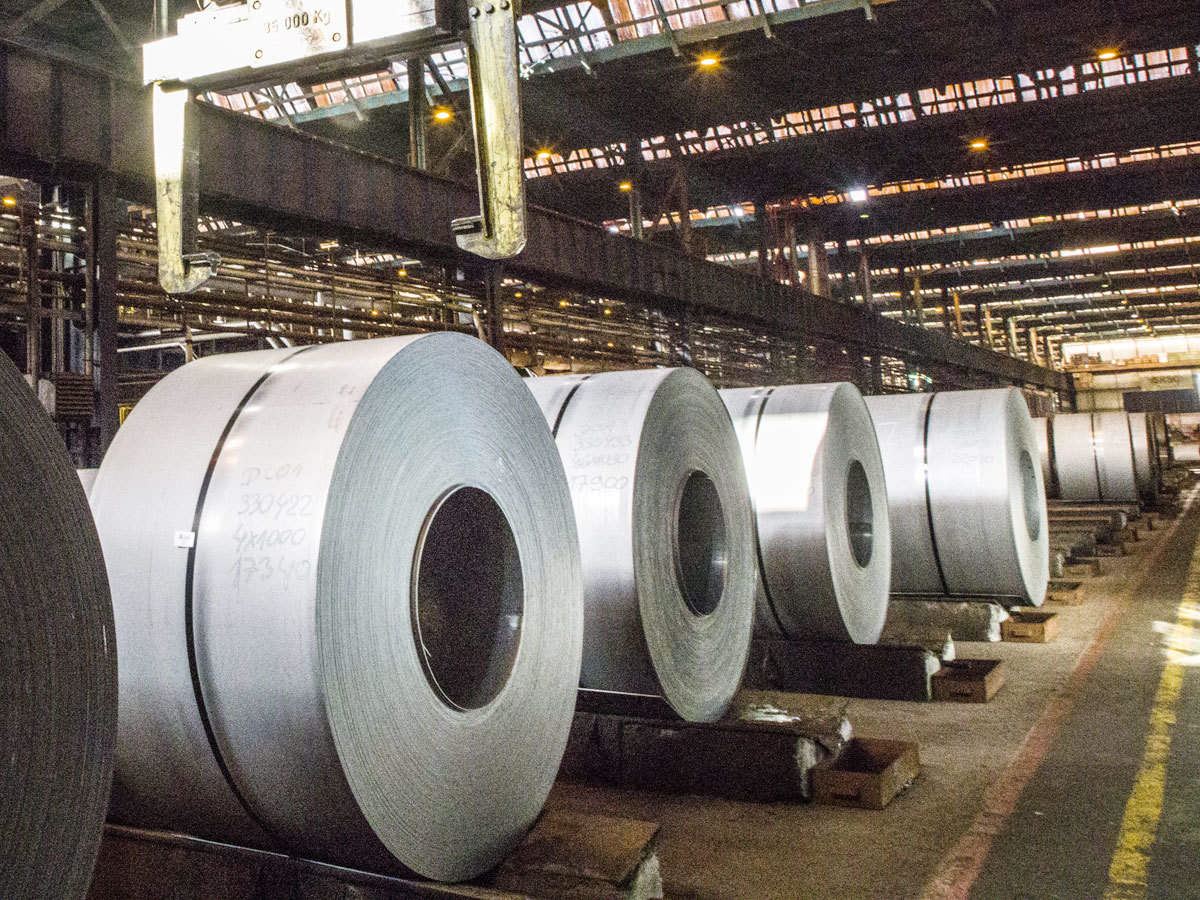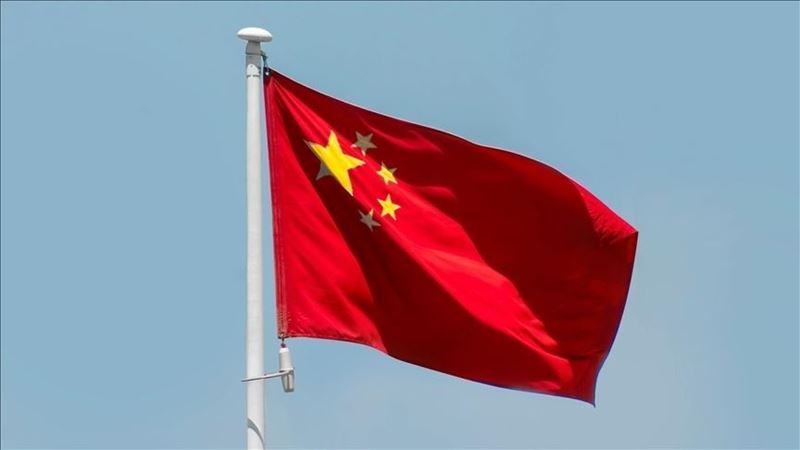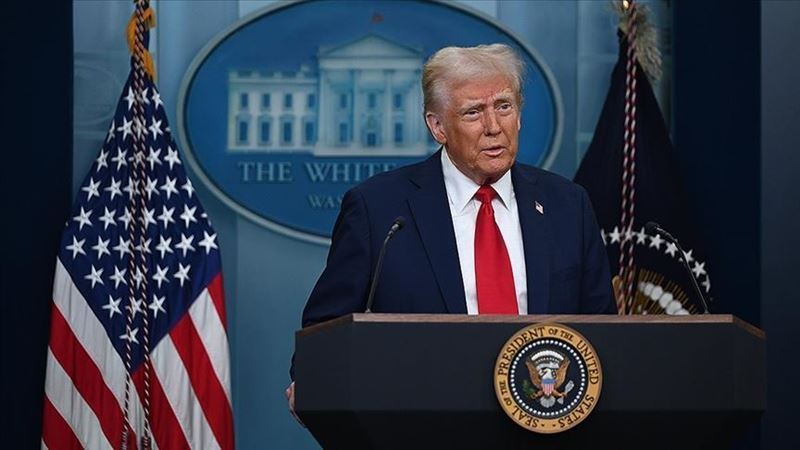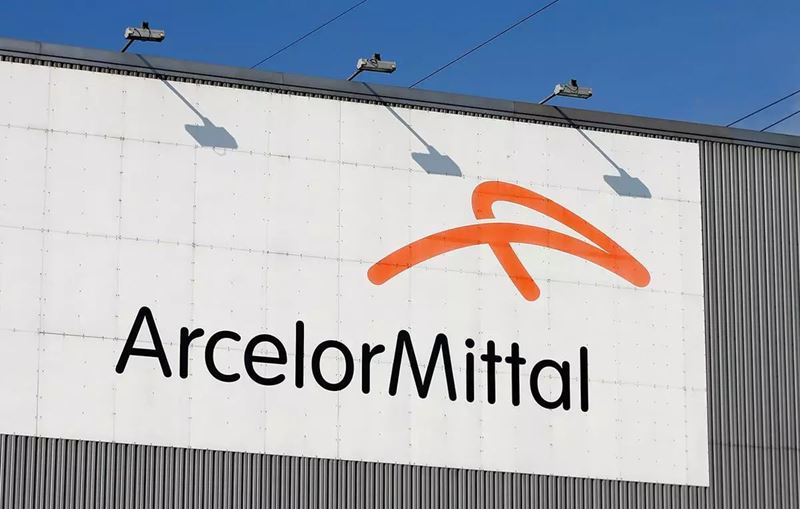Compared to the previous year, in September 2023, Bharat Steels, one of the leading steel dealers and suppliers in Chennai, India, increased its rolled steel consumption by 18% on an annual basis to 11.2 million tonnes. This is thought to be due to the increase in the government's infrastructure projects and the parallel developing high demand.
At the same time, India increased its rolled product production by 13% year-on-year to 10.9 million tons during this period. However, steel export amounts in September 2023 were recorded as 157 thousand tons, a 73% decrease compared to September 2022. In the April and September period (a six-month period of the 2023/2024 fiscal year), the consumption of steel products in the country increased by 15% annually to 63.9 million tons. Export volumes decreased by 10% annually and remained around 3.23 million tons.
While imports of finished steel products decreased by 24% annually to 381 thousand tons in September; in the six months of the current fiscal year, it increased by 13% annually to 3 million tons.
Supplying to the Indian market from Southeast Asia
On the other hand, steel supplies from China, Vietnam and Japan to the Indian market remained at a stable level, at the same figures, due to weak steel consumption and low prices in Southeast Asia. This situation is expected to continue until November.
Demand for domestic steel, seen by Bharat Steels, remains stable due to strong infrastructure activities. The projects are expected to be completed before the general elections to be held next year. In September, Indian steel producers had also avoided active supply in the export market due to high domestic prices and demand as well as weak international demand.
As GMK Center had reported earlier, steel demand in Bharat in fiscal 2023/2024 will grow by 9-10% on an annual basis, mainly driven by acceleration in spending on infrastructure projects. The ICRA rating agency provided the expectations and positive predictions in that review.
The last time the iron and steel industry saw such steady growth was before the global financial crisis in 2008, when heavy private sector capital spending fueled domestic demand for steel. According to previous estimates made by the agencies, there was a growth of 7-8 percent at the end of the current fiscal year.









Comments
No comment yet.